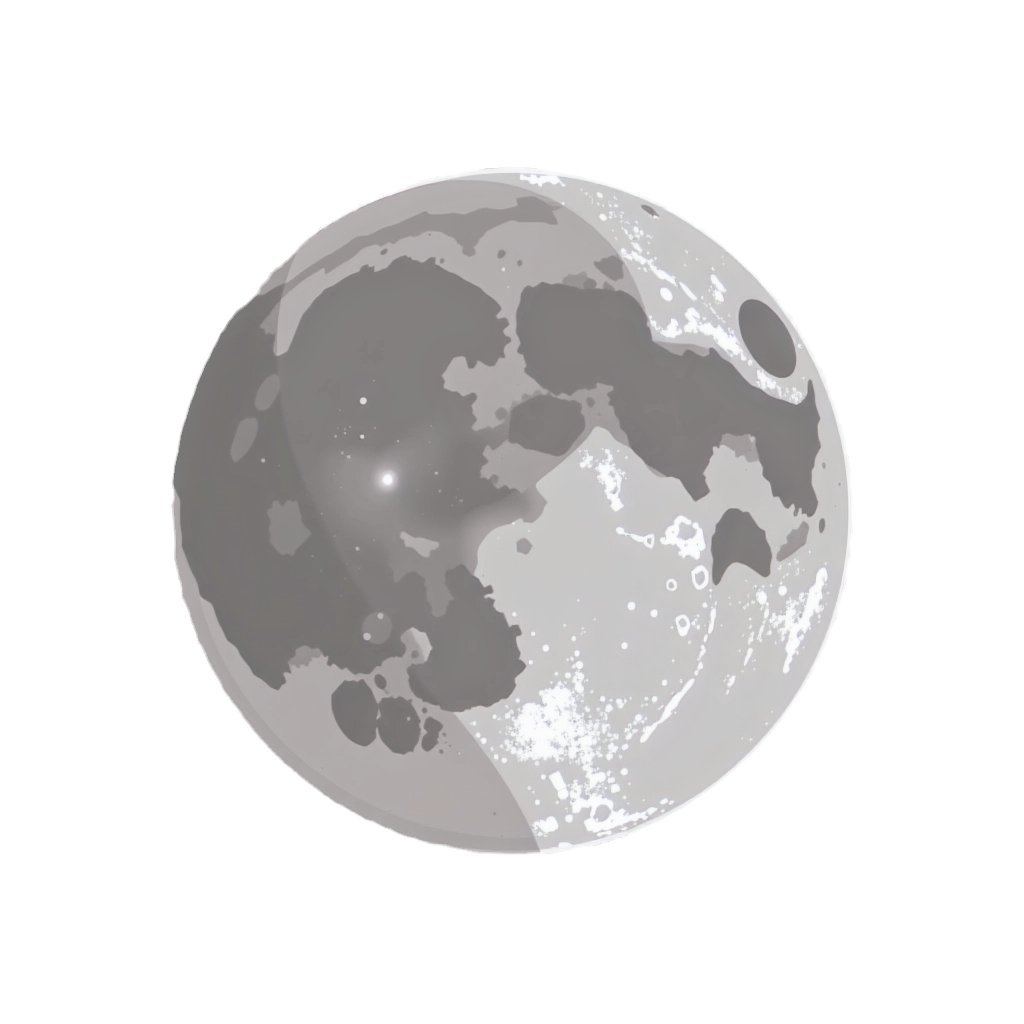


THIS DAY IN SPACE
GET READY TO EMBARK ON A VOYAGE OF DISCOVERY AND INSPIRATION.


Curious what happened today in space history?
Keep scrolling
LETS
GET
STARTED!
This Day in Space is your cosmic calendar, uncovering remarkable astronomical events and space milestones
that happened on today’s date — whether decades ago or just last year.
From rocket launches and moon landings to supernovae sightings and black hole breakthroughs,
we bring you two carefully curated events for every day of the year.
No more endless searching.
just scroll, discover, and be inspired
by humanity's journey beyond Earth — one day at a time.




Soyuz TMA-05M launched to the ISS, carrying a multinational crew. This contributed to the ongoing scientific research and operations aboard the station.
Launch of Soyuz TMA-05M to ISS
Launch of Soyuz TMA-05M to ISS
Soyuz TMA-05M launched to the ISS, carrying a multinational crew. This contributed to the ongoing scientific research and operations aboard the station.
THE BRIEF
PICK ANY DATE
OF YOUR CHOICE
TO BEGIN A LEARNING JOURNEY
ACROSS THE COSMOS


















1200
1300
1400
1500
1600
1700
1800
1900
2000
2100
LY

KEEP
SCROLLING

TO

SEE


WHAT

IDEAS I

CAME

UP

YOU
WITH

LETS DISCOVER
FAR BEYOND OUR IMAGINATION
Add paragraph text. Click “Edit Text” to update the font, size and more. To change and reuse text themes, go to Site Styles.
EXPLORE
2009 - Ares I-X Test Flight
1998 - Deep Space 1 Launch
All set? Click the button below!










Ares I-X Test Flight
On October 28, 2009, NASA launched the Ares I-X rocket from Kennedy Space Center in a spectacular test of a new launch system designed for future human spaceflight. The mission was part of the Constellation program, which aimed to replace the aging Space Shuttle fleet and eventually take astronauts back to the Moon. Standing over 100 meters tall, Ares I-X was the tallest rocket launched since the Saturn V. The flight lasted six minutes and reached an altitude of 46 kilometers, testing flight dynamics, control systems, and stage separation. Though the Constellation program was later canceled, the Ares I-X flight provided valuable data that would be incorporated into the Space Launch System (SLS), NASA’s next-generation rocket. This mission symbolized NASA’s commitment to deep space exploration and its resolve to maintain leadership in human spaceflight despite shifting political and budgetary challenges.
Deep Space 1 Launch
On October 28, 1998, NASA launched Deep Space 1, a spacecraft designed to test advanced technologies like ion propulsion and autonomous navigation. As part of NASA’s New Millennium Program, DS1 aimed not to gather scientific data but to validate tech that would make future missions more efficient and affordable. Its main innovation was the use of ion engines—a low-thrust but highly efficient propulsion system that allowed the spacecraft to change speed and trajectory over long durations. DS1 successfully flew by asteroid 9969 Braille and later made an extended mission to fly past Comet Borrelly, capturing detailed images and analyzing its surface composition. The success of Deep Space 1 validated many systems later used in missions like Dawn, which visited Ceres and Vesta. It marked a shift in how NASA approached mission design—focusing on smart, smaller, and more sustainable exploration vehicles for interplanetary science.

25
CUPS OF COFFEE DRANK IN THE PROCESS.
We created this project
to celebrate the rich timeline of
space exploration and
astronomical discoveries,
one day at a time.
Whether it’s the launch of a
legendary spacecraft,
the discovery of a distant moon,
or a historical mission milestone —
we believe every space event deserves
to be remembered.

"This Day In Space" is more than a calendar.
It’s our way of connecting people with
the vast, beautiful history of the universe. With each entry,
we aim to spark curiosity, awe, and
a sense of wonder about the cosmos.
SO WE CHASED COMETS,
DANCED WITH ECLIPSES,
CHARTED CENTURIES THROUGH STARS,
AND NAMED MYTHS ON MOONS.
NOT BAD FOR A TIMELINE,
MEASURED IN COSMIC FOOTSTEPS.
IF YOU'RE STILL READING THIS—
I GUESS SPACE DID HOLD YOUR ATTENTION

THANK YOU FOR
COMING ALONG ON
THIS JOURNEY.
CREATED BY PRANSHU VERMA AND ANANYA BURRA
CREATED BY PRANSHU VERMA AND ANANYA BURRA
CREATED BY PRANSHU VERMA AND ANANYA BURRA
